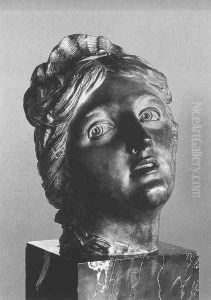Lambert-Sigisbert Adam Paintings
Lambert-Sigisbert Adam, also known as Adam the Elder, was a notable French sculptor born on October 10, 1700, in Nancy, France. He came from a family of sculptors, with both his father, Jacob-Sigisbert Adam, and his brothers, Nicolas-Sébastien Adam and François Gaspard-Balthazar Adam, being accomplished artists in their own right.
Trained by his father, Lambert-Sigisbert showed early promise and was sent to Rome at the young age of 19 to further his studies under the patronage of the Duke of Lorraine. In Rome, he was deeply influenced by the Baroque style and the works of artists such as Gian Lorenzo Bernini. His talent was recognized when he won the prestigious Prix de Rome for sculpture in 1723, which allowed him to stay in Rome for an extended period at the French Academy.
During his time in Italy, Lambert-Sigisbert created several notable works, including 'Neptune Calming the Waves', which earned him acclaim. He returned to France in 1729 and was received into the Royal Academy of Painting and Sculpture. His successful career in France included commissions for various royal and public projects. Among his most famous works are the sculptural decorations for the King's chamber and the Queen's staircase at the Palace of Versailles, and the 'Bathing Venus' for the Marly-le-Roi gardens.
Lambert-Sigisbert Adam's style was characterized by dynamic compositions, vigorous modeling, and emotional intensity, which were typical of the Baroque period. His sculptures often conveyed movement and drama, and his skill in capturing the textures of skin and fabric was particularly admired.
Adam's international reputation grew, and he received commissions from abroad, including works for the King of Poland. Despite his success, his career was marked by financial difficulties, partly due to his lavish lifestyle and the high costs of his workshop.
Lambert-Sigisbert Adam passed away on May 15, 1759, in Paris. His legacy lives on through his contributions to the Rococo style and his influence on later generations of sculptors. His works remain celebrated for their vitality and expressive power, and they continue to be studied and admired for their artistic significance in the history of French sculpture.
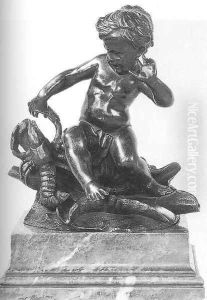
![Neptune et Amphitrite [detail1]](https://www.niceartgallery.com/imgs/320673/s/lambertsigisbert-adam-neptune-et-amphitrite-detail1-b922b07a.jpg)
![Water [detail:2]](https://www.niceartgallery.com/imgs/103564/s/lambertsigisbert-adam-water-detail2-e0b03032.jpg)
![Water [detail:6]](https://www.niceartgallery.com/imgs/103563/s/lambertsigisbert-adam-water-detail6-aa8ebb79.jpg)
![Water [detail:1]](https://www.niceartgallery.com/imgs/103562/s/lambertsigisbert-adam-water-detail1-7d6c3b21.jpg)
![Water [detail:3]](https://www.niceartgallery.com/imgs/103561/s/lambertsigisbert-adam-water-detail3-de3abd88.jpg)
![Water [detail:4]](https://www.niceartgallery.com/imgs/103560/s/lambertsigisbert-adam-water-detail4-9d83dd0.jpg)
![Neptune et Amphitrite [detail:2]](https://www.niceartgallery.com/imgs/103559/s/lambertsigisbert-adam-neptune-et-amphitrite-detail2-7832edc7.jpg)
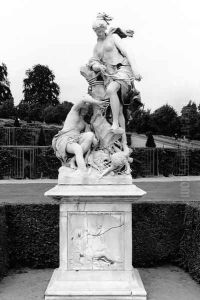
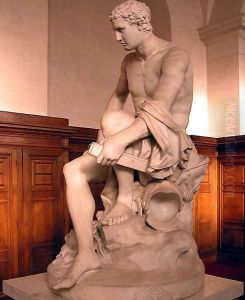
![Water [detail:5]](https://www.niceartgallery.com/imgs/103556/s/lambertsigisbert-adam-water-detail5-3bad7b09.jpg)
![Air [detail:2]](https://www.niceartgallery.com/imgs/103555/s/lambertsigisbert-adam-air-detail2-98fbfda0.jpg)
![Neptune et Amphitrite [detail:3]](https://www.niceartgallery.com/imgs/103554/s/lambertsigisbert-adam-neptune-et-amphitrite-detail3-4f197df8.jpg)
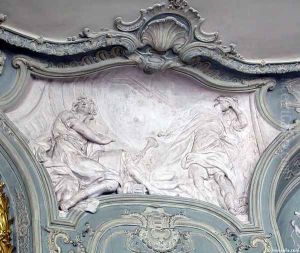
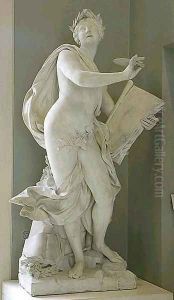
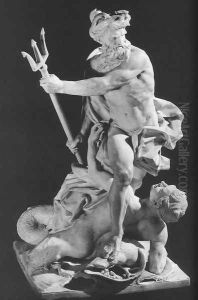
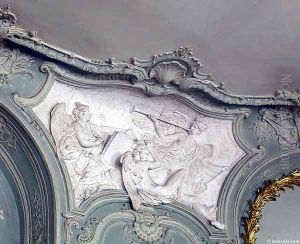
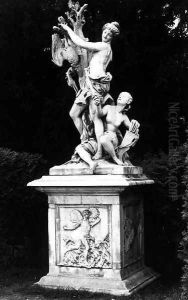
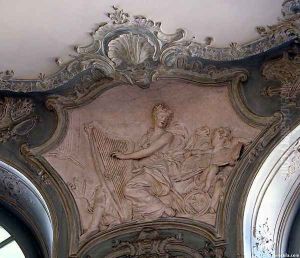
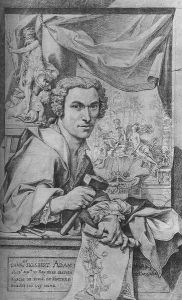
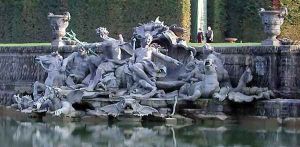
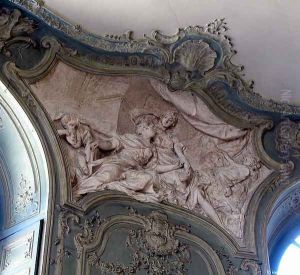
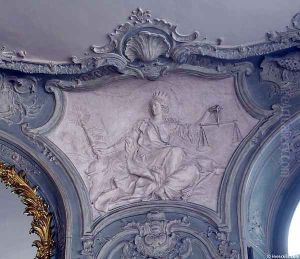
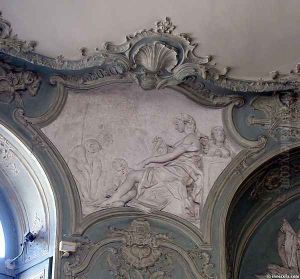
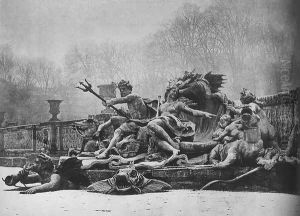
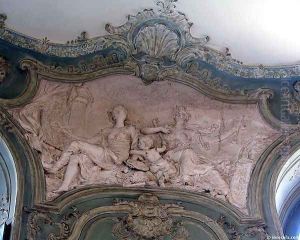
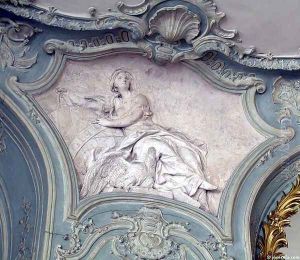
![Air [detail:1]](https://www.niceartgallery.com/imgs/103539/s/lambertsigisbert-adam-air-detail1-fc117012.jpg)
